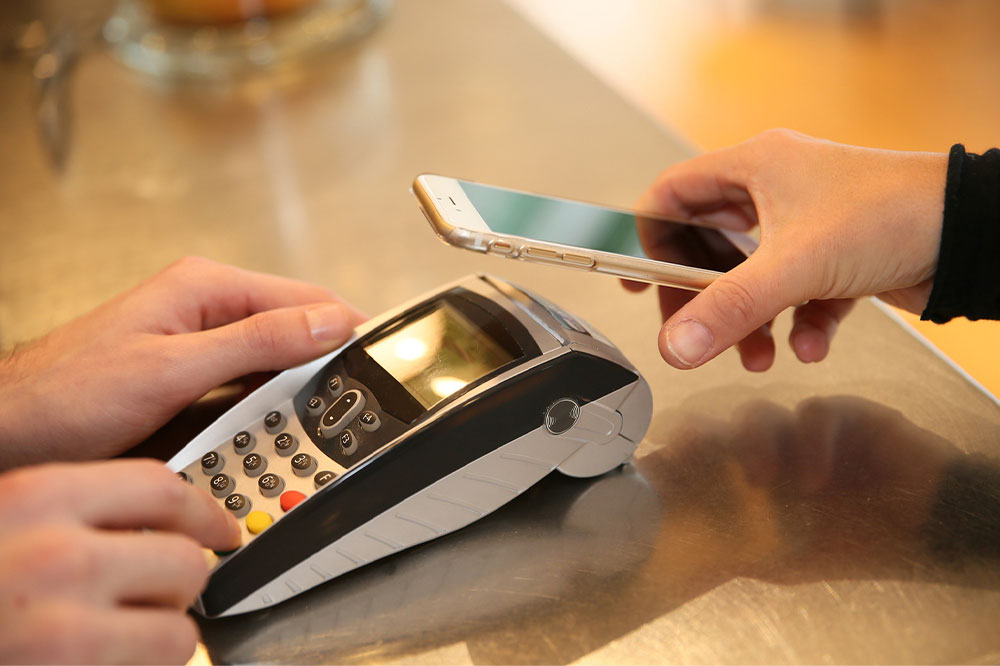
Modes and benefits of electronic payment processing
Today, traditional payment methods are gradually giving way to electronic payment processing systems, offering users enhanced convenience, speed, and security. E-payment is a means to carry out financial transactions electronically, involving the transfer of funds from one party to another without any physical exchange of money. These transactions involve the use of computers, mobile devices, or specialized payment terminals. So, here is what one should know about electronic payment processing:
Modes
Credit and debit cards: Credit and debit cards are among the most common electronic payment methods. They allow consumers to make purchases or withdraw funds electronically from their bank accounts.
Mobile wallets: Mobile wallets, also referred to as digital wallets, serve as secure smartphone applications designed to store payment information. These innovative tools help users pay for goods and services by allowing them to conveniently make payments at point-of-sale terminals with just a tap of their phones.
Online banking: Online banking facilitates electronic fund transfers directly from a bank account to a merchant or individual. This mode of payment is widely used for paying bills, making online purchases, and transferring funds.
Digital wallets: E-wallets or digital wallets are electronic accounts that allow users to store multiple payment methods in one place. They offer a quick and hassle-free payment experience, particularly for frequent online shoppers.
Contactless payments: Contactless payments have revolutionized the way we conduct transactions, employing near-field communication (NFC) technology to facilitate seamless payments without the need for physical contact. By waving their contactless-enabled cards near a payment terminal, users can swiftly complete their purchases.
Biometric payments: Biometric payments represent a cutting-edge advancement in the field of electronic transactions, harnessing unique human characteristics like fingerprints or facial recognition to verify and authorize payments.
Advantages
Convenience and accessibility: One of the key advantages of el ectronic payment is unparalleled convenience. Users can make transactions anytime, anywhere, without the need to carry physical cash. This accessibility has made purchasing and money transfer more efficient.
Security and fraud protection: Electronic payment systems incorporate advanced security measures, such as encryption and tokenization, to safeguard sensitive data. Moreover, fraud detection algorithms help identify and prevent fraudulent transactions.
Faster transactions: Electronic payments are processed almost instantly, reducing the time spent on financial transactions. This is particularly beneficial for businesses that rely on quick and efficient payments.
Cost-effectiveness: Traditional payment methods involve various costs, especially for businesses that need to collect and process paper checks, sending invoices, and handling cash. Electronic payments reduce these overheads, making it a cost-effective option for both businesses and consumers.
Better record keeping: Electronic payments leave a digital trail, making it easier to track and manage transactions. This feature simplifies financial record-keeping and aids in budgeting and auditing.
Tips for utilizing e-payment modes
– Use trusted platforms and merchants
– Protect personal information by not connecting to public or unsecured Wi-Fi
– Regularly monitor accounts to keep an eye out for suspicious or unauthorized activities
– Enable multi-factor authentication for mobile wallets and banking accounts
– Update software and devices regularly
Electronic payment processing has revolutionized the way people pay for products and services. Nevertheless, one should practice caution and protect confidential information while using e-payment modes.




